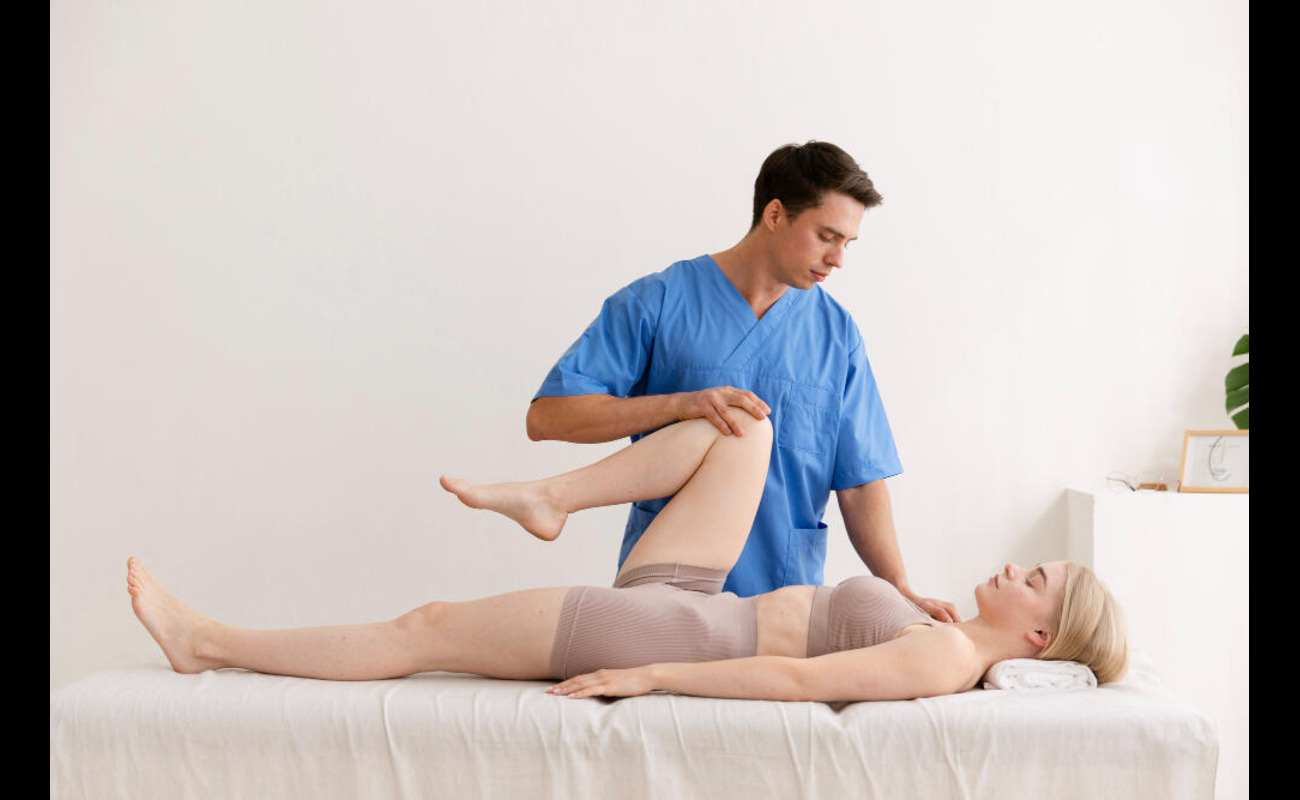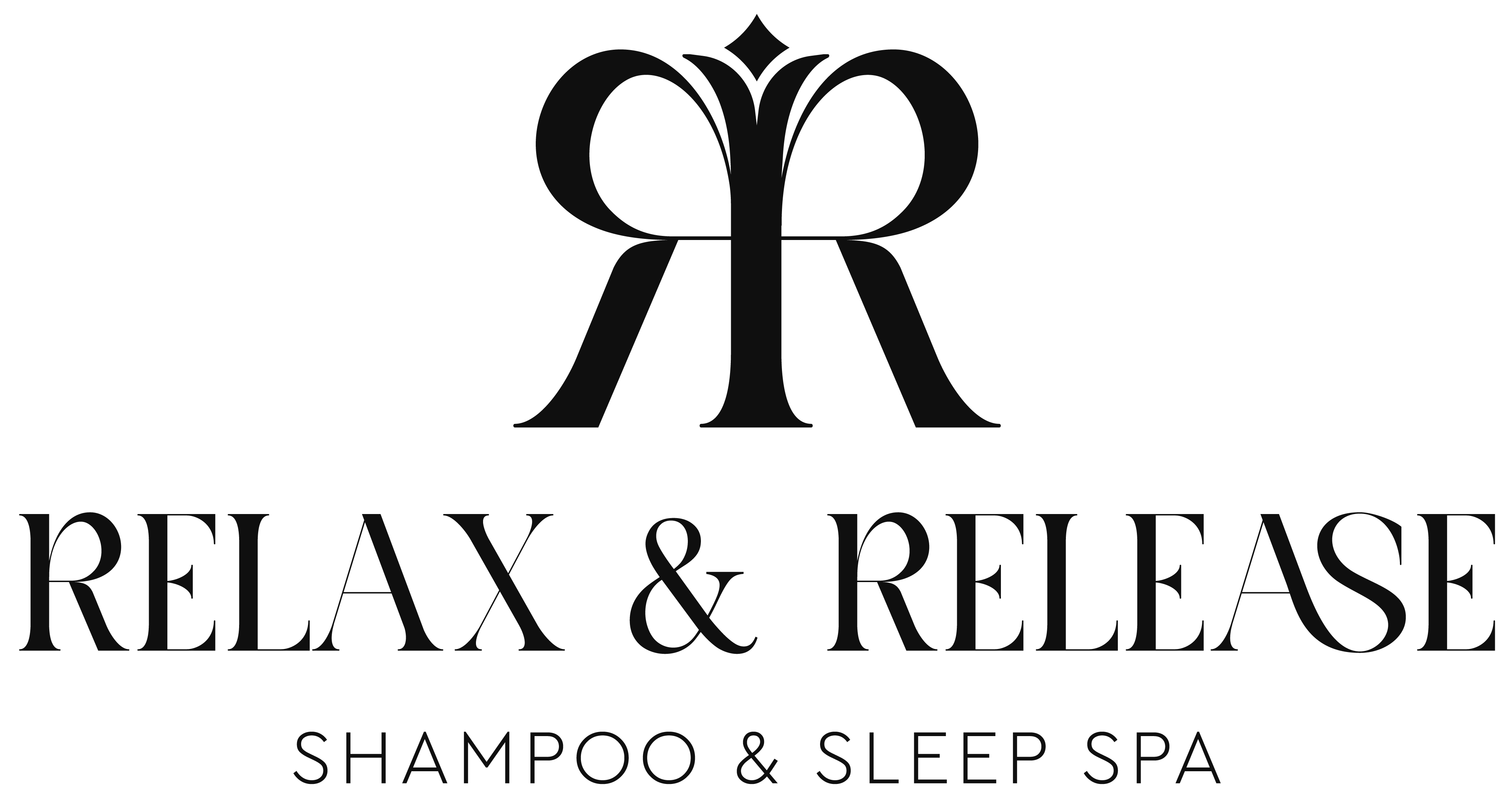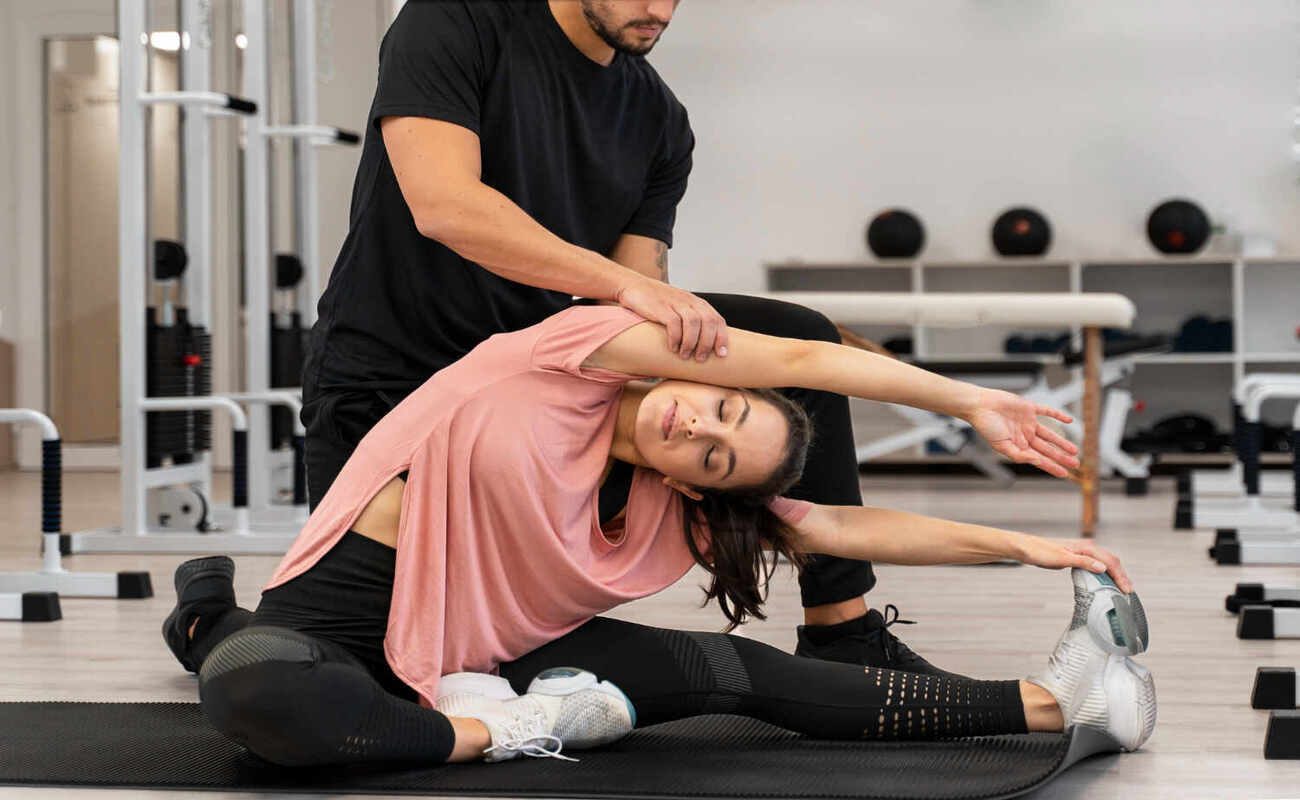
Massage and Stretch Therapy: A Powerful Duo for Total Body Wellness
In today’s rapidly evolving world, physical and mental stress can take a heavy toll on the body. Whether you sit at a desk all day, engage in intense workouts, or simply deal with daily life pressures, it’s common to experience stiffness, soreness, and fatigue. Fortunately, there’s a solution that goes beyond temporary relief, massage and stretch therapy.
Combining massage techniques with targeted stretching creates a powerful method for healing, recovery, and overall well-being. This integrative approach is gaining popularity among athletes, office workers, and anyone seeking a more proactive way to feel better in their body.
Let’s explore what massage and stretch therapy is, why it’s so effective, who can benefit from it, and what to expect during a session.
Meaning and Concept
Massage and Stretch Therapy is a combination of two therapeutic practices:
- Massage Therapy focuses on manipulating the muscles and soft tissues to improve circulation, relieve tension, reduce pain, and promote relaxation.
- Stretch Therapy involves a series of guided, controlled movements designed to increase flexibility, mobility, and joint health.
When used together, these techniques enhance each other’s effectiveness. Massage helps loosen tight muscles, making stretching easier and more productive. Meanwhile, stretching reinforces the results of the massage by lengthening muscles and improving the range of motion.
The Science Behind the Therapy
The synergy of massage and stretching targets the musculoskeletal system, which includes muscles, tendons, ligaments, and joints. Together, they help:
- Break up adhesions: Scarred tissue and knots restrict movement of your body. Massage softens these areas, while stretching encourages them to release fully.
- Enhance blood flow: Massage promotes circulation, which delivers oxygen and nutrients to tissues. Stretching keeps muscles supple and reduces stiffness.
- Reduce cortisol levels: Both therapies trigger the parasympathetic nervous system, helping the body relax and lowering stress hormones.
- Increase proprioception: Stretching and manual manipulation improve body awareness, balance, and coordination.
Who Can Benefit from These Therapies
1. Athletes and Fitness Enthusiasts
- Faster recovery
- Improved performance
- Injury prevention
2. Office Workers
- Relieve postural stress
- Improve flexibility
- Reduce headaches and muscle fatigue
3. Older Adults
- Range of motion
- Joint lubrication
- Muscle health and circulation
4. People With Chronic Pain
- Alleviate chronic discomfort
- Decrease inflammation
- Improve sleep and daily functioning
5. Anyone Seeking Stress Relief
What to Expect During a Session
- Swedish massage for relaxation and circulation
- Deep tissue massage targets muscle tension
- Trigger point therapy to address specific knots or pain
- Deeper, safer stretches
- Targeting hard-to-reach areas
- Reduced muscle resistance
Benefits
5. Enhanced Circulation
Better blood flow leads to faster healing, reduced swelling, and more energy throughout the day.
6. Stress Reduction
How Often Should You Schedule Sessions?
- For general wellness and stress relief, 1–2 sessions per month may be enough.
- For chronic pain or injury rehab, weekly or bi-weekly sessions can bring the best results.
- For athletes in training, regular sessions aligned with your workout schedule are ideal for recovery and performance.


